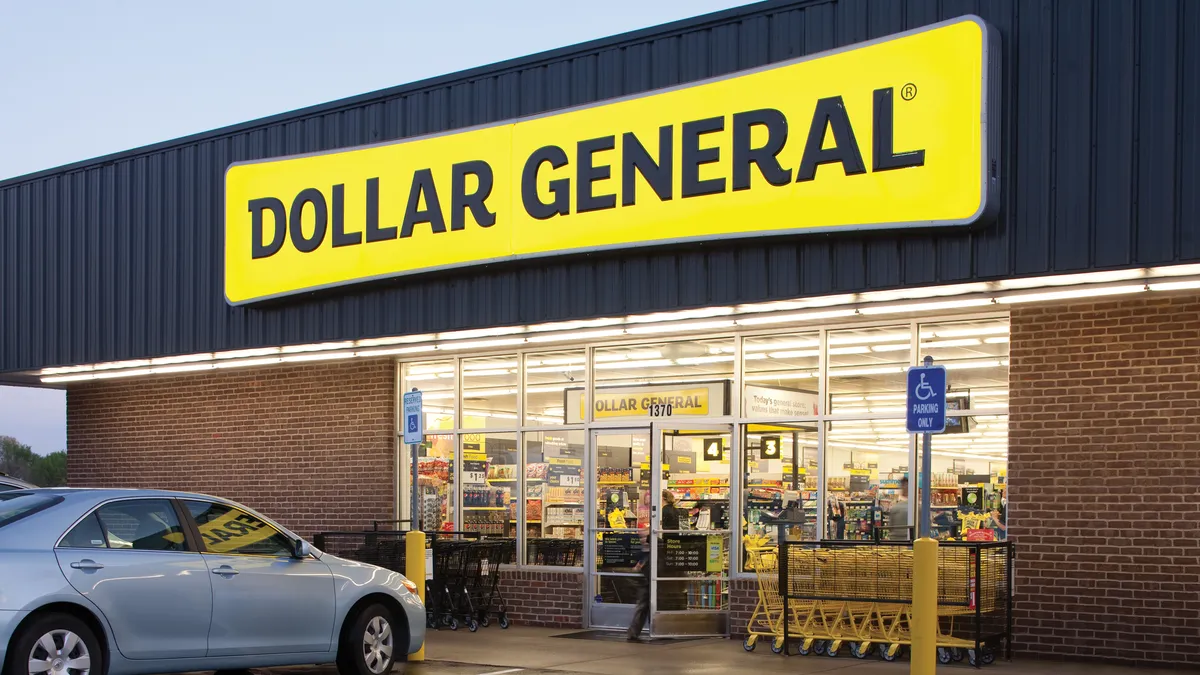Dive Brief:
- Dollar General will open its fifth fresh distribution center by the end of 2019 in another step toward completely taking over distribution of fresh and frozen goods to its stores, CEO Todd Vasos said on the company's third-quarter earnings call Thursday.
- The self-distribution program, called DG Fresh, was announced in March and now covers 4,900 Dollar General stores. Vasos estimated the program will cover 5,500 by the end of 2019, overshooting the previously stated goal of 5,000 stores for the year, and covering roughly a third of the retailer's existing stores. Vasos said in March he expects to add 5,000 to 6,000 stores to DG Fresh per year and on Thursday's call announced plans to open 1,000 additional stores in 2020.
- "We believe this positions us well to capture additional benefits as we move into next year and as we expect DG Fresh will be accretive to both gross margin and operating profit rate in 2020," he said.
Dive Insight:
The goal of the DG Fresh program is to improve on-time deliveries and increase in-stock levels — while reclaiming some margin from third-party distributors — with an eye toward eventually increasing the company's fresh and frozen assortment.
In-stock position will also be bolstered by new coolers with 45% more holding capacity in new and remodeled stores — an effort to keep more stock in reach of the customer. In addition to the 1,000 new stores, the chain will relocate or remodel 1,580 locations in 2020.
"We would rather have [inventory] in the cooler on the sales floor than any backstock in the back room in a cooler waiting to be stocked, that’s number one," said Vasos.
Vasos sees the DG Fresh program, which now represents 8% of total sales, as a step toward gross margin improvement in the long run. But the efficiencies from DG Fresh will only bring modest gross margin benefit with the headwind of tariffs still in the mix, he said. The retailer is still working on diversifying its sourcing countries, but the CEO was generally satisfied with the company's mitigation work so far.
There is also up-front cost associated with the shift to self-distribution, but Vasos said the program will hit a tipping point and be net beneficial next year.













